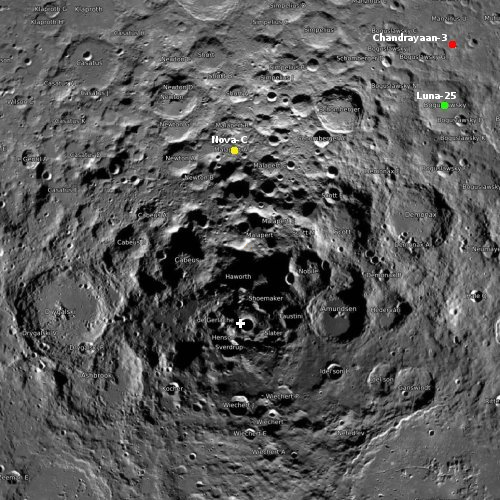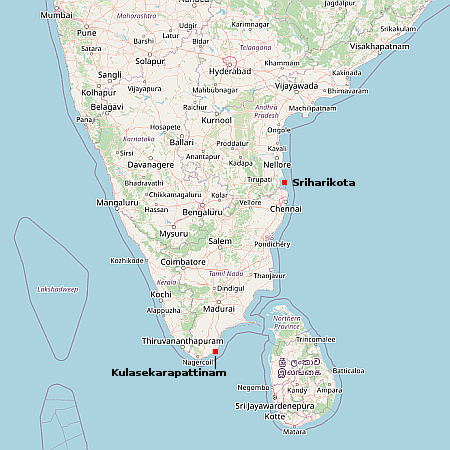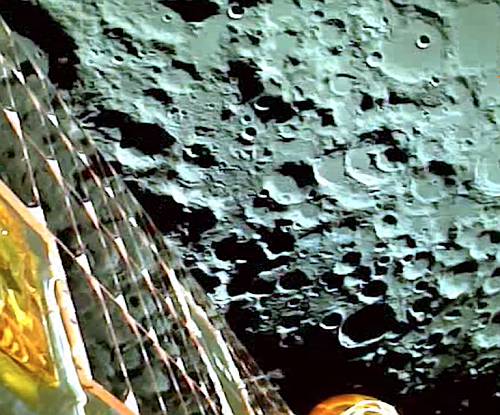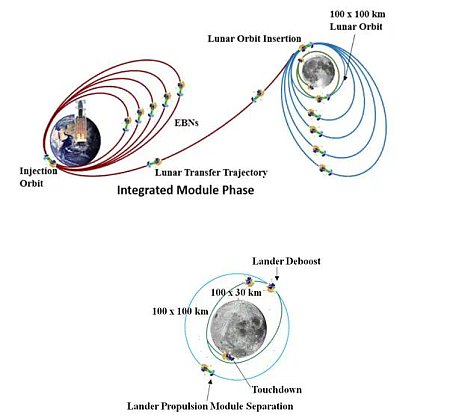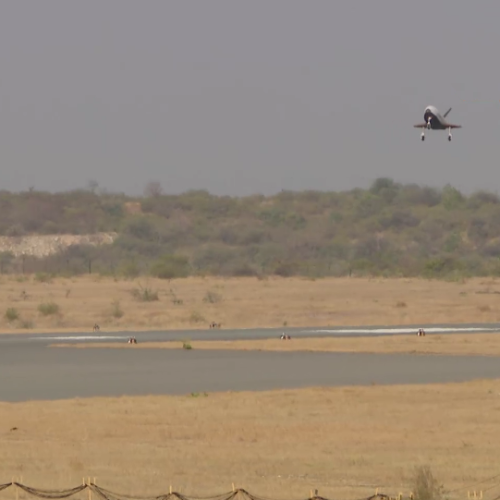India successfully lands Vikram on the Moon
India this morning successfully placed its Vikram lander, carrying its Pragyan rover, on the surface of the Moon in the high southern latitudes.
I have embedded the live stream below, cued to just before landing.
The next challenge is getting Pragyan to roll off Vikram, and spend the next two weeks exploring the nearby terrain. The mission of both it and Vikram is only planned to last through the daylight portion of the 28-day-long lunar day, so it is not expected for either to survive the lunar night. Both will make observations, but the main purpose of this mission has already been accomplished, demonstrating that India has the technological capability to land an unmanned spacecraft on another planet. That the landing was in the high southern latitudes added one extra challenge to the mission.
India this morning successfully placed its Vikram lander, carrying its Pragyan rover, on the surface of the Moon in the high southern latitudes.
I have embedded the live stream below, cued to just before landing.
The next challenge is getting Pragyan to roll off Vikram, and spend the next two weeks exploring the nearby terrain. The mission of both it and Vikram is only planned to last through the daylight portion of the 28-day-long lunar day, so it is not expected for either to survive the lunar night. Both will make observations, but the main purpose of this mission has already been accomplished, demonstrating that India has the technological capability to land an unmanned spacecraft on another planet. That the landing was in the high southern latitudes added one extra challenge to the mission.

